How to Make Slime - Elmer's Glue Recipes
Expert slime makers agree that Elmer’s glue makes the best DIY slime. However, there are some tricky variations that can turn your slime from just […]
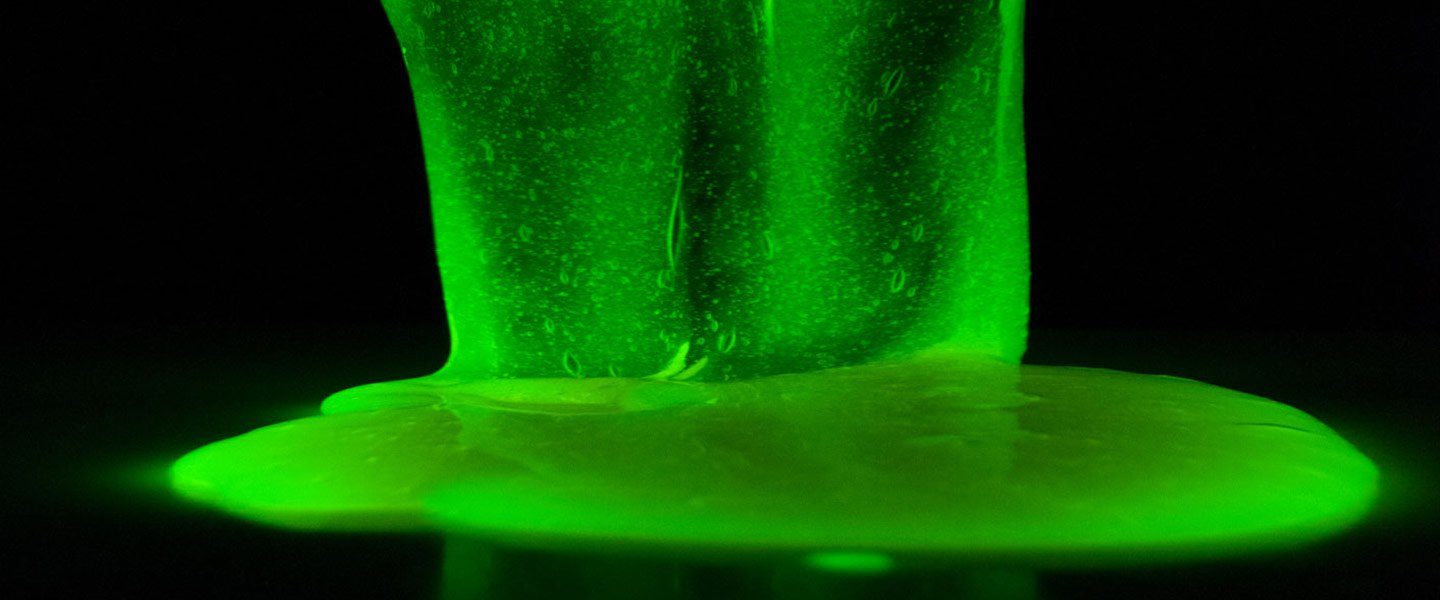
Welcome to make-the-best-slime-in-the-world boot camp with a spooky Halloween twist. Ask any special effects artist about slime and you’re sure to hear the term polyvinyl alcohol (PVA). Combining polyvinyl alcohol with a Borax solution creates the best slime in the world. Everyone knows about slime made with Elmer’s Glue, but our PVA formula makes the best slime you’ve ever seen… it’s truly the recipe for the slime connoisseur. Check out these spooky Halloween slime party recipes…
This slime recipe requires a 4% solution of polyvinyl alcohol (PVA) and sodium tetraborate (that’s Borax). You can purchase the Clear Slime Kit or use the instructions below as a guide if you already purchased these materials somewhere else and you’re looking for better ideas.
Slime made with PVA is often referred to as commercial or “professional” slime. This is the type that is generally found in toy stores. Slime made with PVA is far superior to slime made with ordinary Elmer’s glue. If you start with clear PVA solution, you can make any variation you want.
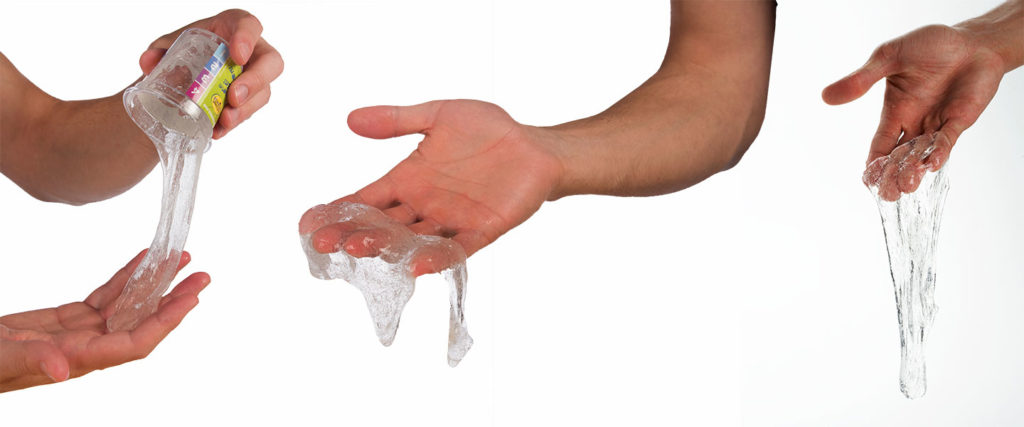
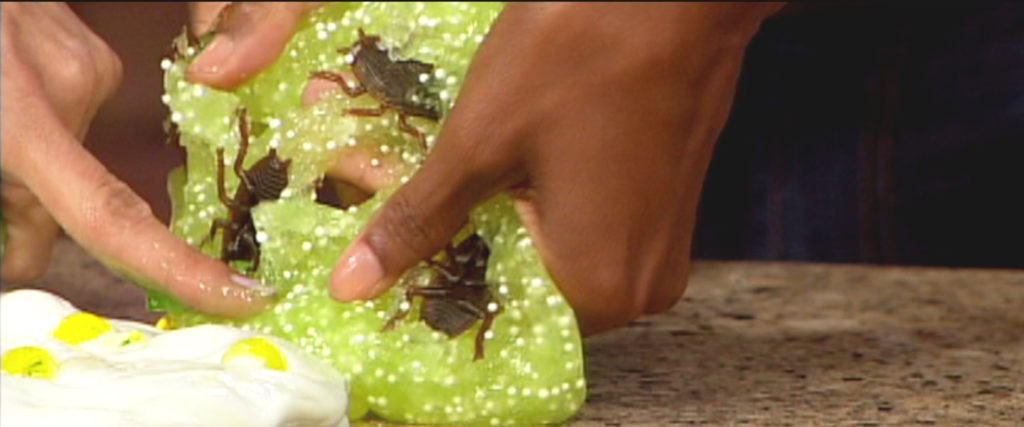
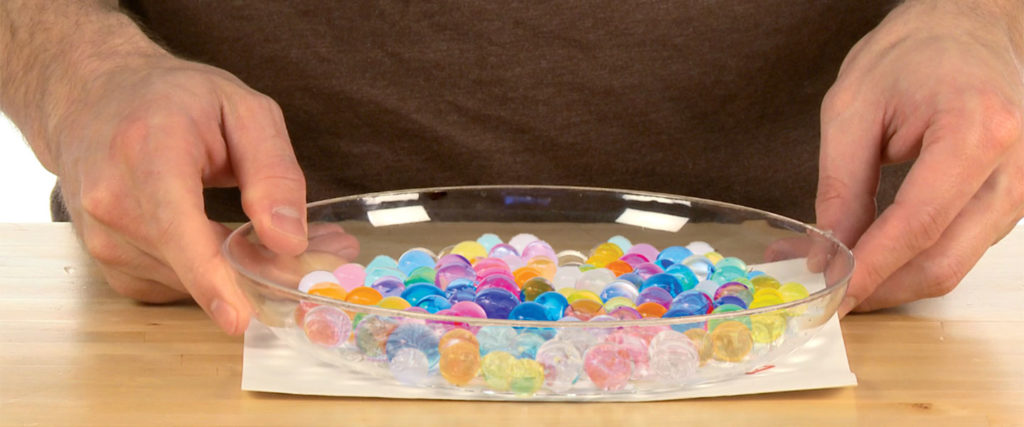
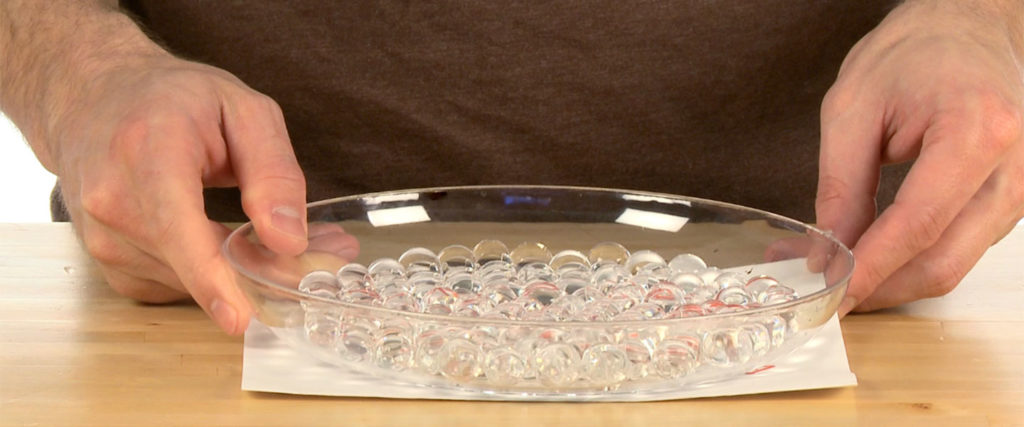
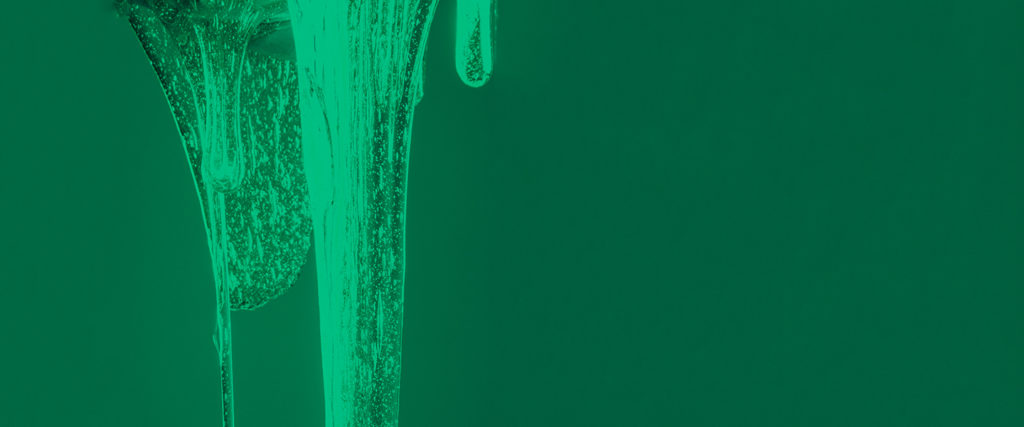
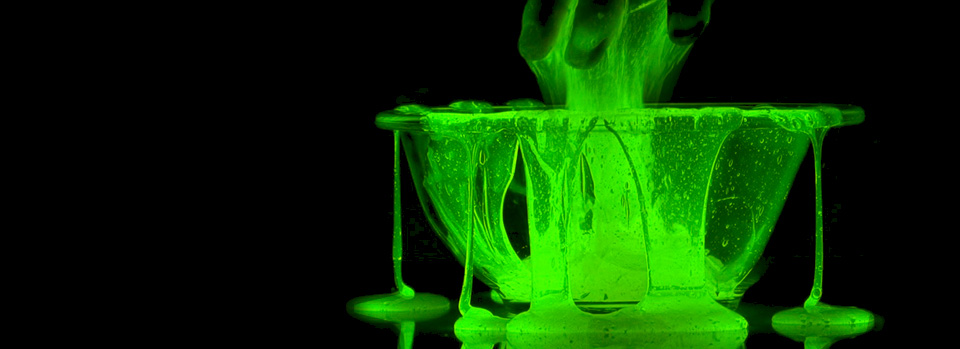
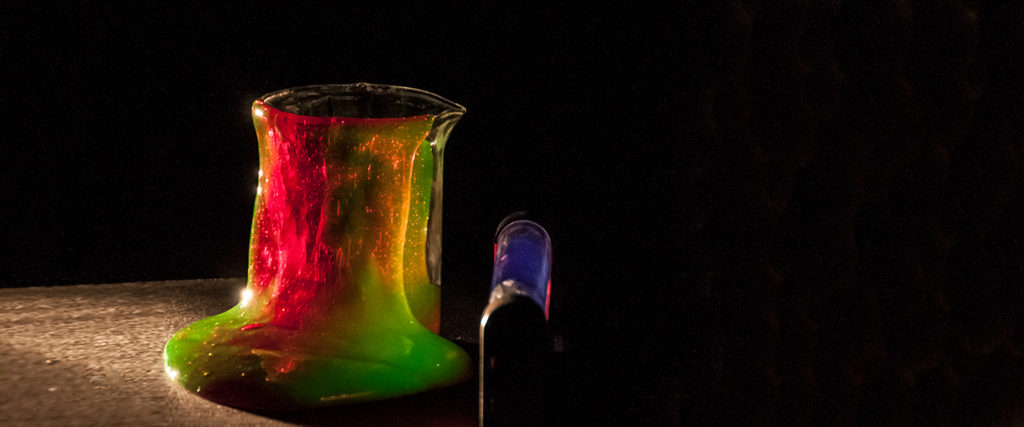
Vampire Slime feels like normal slime and even looks green… until you hold it up to any normal light to reveal the hidden red color. No, it’s not blood… but it’s pretty spooky. Vampire Slime contains a special dye that is both green and red depending on how you look at it. At most angles the slime absorbs all light frequencies except green, which is why our eyes see it as green. But light passing directly through the slime appears red because the special dye is absorbing all of the light except for red, which means that light is two separate things when it comes in contact with slime. Vampire Slime is only available as a kit from Steve Spangler Science.
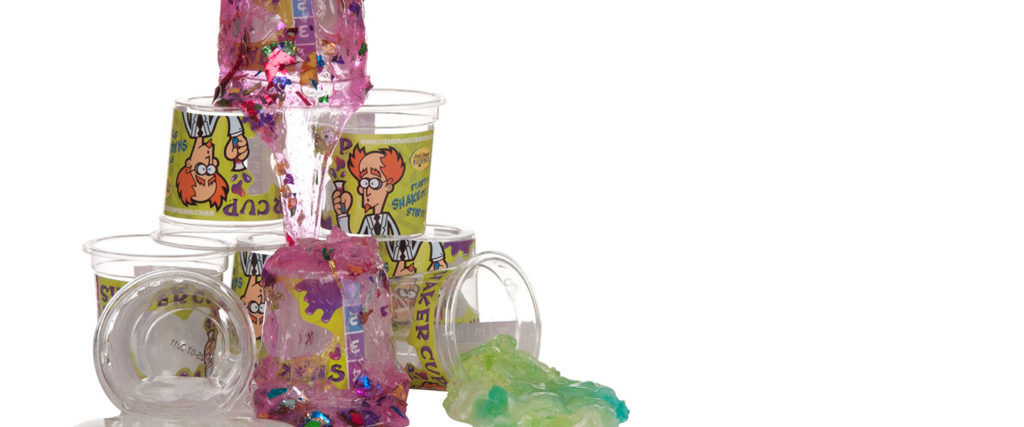
Try mixing in small party favors such as plastic spiders, plastic candy decorations, and anything else you can imagine for a super spooky batch of slime.
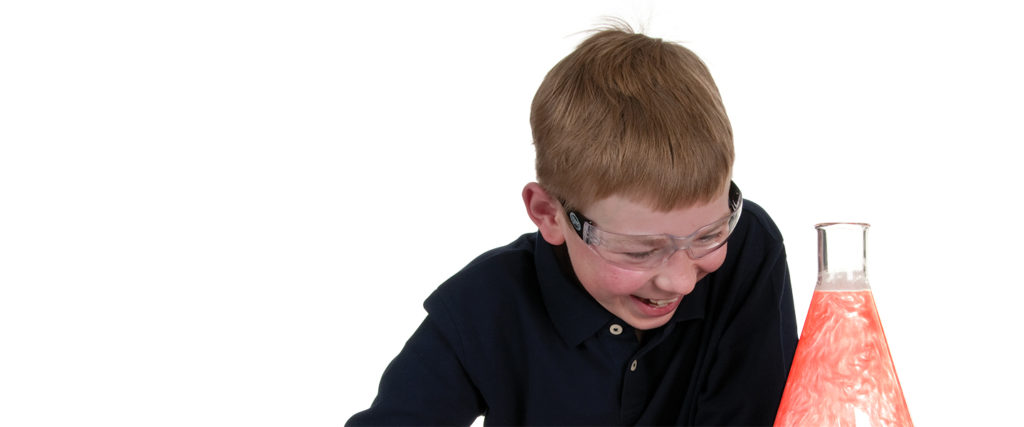
Okay, there is one last secret. The slime from the toy store has a shiny almost metallic-like appearance. How do they do that? The secret is a material called Pearl Swirl which contains an ingredient called titanium dioxide. Just a little squirt of Pearl Swirl in the PVA solution and you’ll have cracked the code to making the perfect batch of slime!
Making slime is a great way to teach about the properties of a polymer (or a long chain of molecules). The PVA molecules start out as a liquid in this slime recipe but are quickly hooked together with the introduction of the Borax (the chemical name for Borax is sodium tetraborate). Scientists refer to the Borax solution as the “cross-linker” in the creation of the Slime polymer. Borax molecules are like tiny paper clips that hook together the long chains of PVA molecules making a slippery, gooey concoction known as Slime. This is a very simple explanation of hooking the molecules together, but if you want a more detailed scientific explanation, just keep reading (while you keep playing with the slime).
Because you mixed two liquids together, there’s a good chance that slime is a colloid, and it is! But, there’s more to it than that and your kids need to understand how the molecules behaved in order to grasp it all. For starters, most liquids, such as water, are made up of small, unconnected molecules bouncing around and tumbling over and into one another. Single molecules are called monomers. Monomer liquids flow easily and are seldom gooey or sticky to the touch.
In other substances, the monomers are linked together in identical, repetitive segments that form long chains of molecules known as polymers. These long chains don’t flow over and across one another very easily. Like a bowl of cooked spaghetti, they sort of roll over and around one another but they’re not linked to each other. Liquid polymers tend to be gooier and flow more slowly than liquid monomers. The PVA used in this activity is a liquid polymer.
You might use this analogy to help the kids understand what happened. Picture a box full of tiny, steel chains that slip and slide easily across one another. Each chain is made up of hundreds of individual links, but one chain is not connected to another chain. If you reach in and grab one chain and pull it out, that’s what you get: one chain. Suppose you stir a whole bunch of tiny magnets into the box of chains. The magnets randomly connect the chains together in many locations, making a single, large blob of chains. Now if you reach in and grab one chain, you’d lift out the entire pile. Adding Borax solution to the PVA does pretty much the same thing (only it’s a chemical, not a magnetic connection). Borax loves to connect with water and billions of Borax molecules randomly link trillions of water molecules found anywhere on the chains of PVA. Now when you pull out one PVA chain, all the rest come with it in a blob. In the chemical reaction that the kids made, they got a slow-moving, glistening mass that’s known as a hydrogen-bonded, cross-linked polymer gel. Slime is way easier to say.
In an effort to understand the world around them, scientists design models of what they can’t see in order to understand and explain what they can see. The idea is to figure out how various molecules inside materials are arranged to produce the observable results. In general, molecules can be “seen” only with some serious electronic help and these images serve only to assist with the inferences of the model. If your kids understand how this inference modeling works, then they’re way ahead of the game in their understanding of molecules.